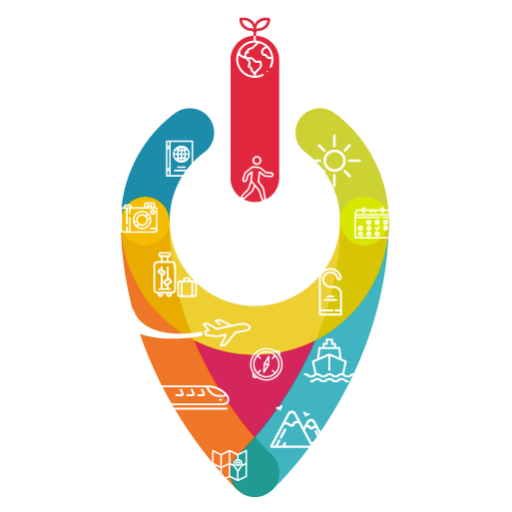Introduction
Sustainability is a success factor for all businesses in Tourism. It is very important to understand how are company positioned in view of others. Thus, companies may better plan their actions and evaluate results. This is the intent of the self-diagnostic tool.
The questionnaire is intended for Small and Medium Entreprises (SME) operating in Tourism. Information will be confidential.
SMEs access a questionnaire and are able to obtain responses immediately after that.
The results compare the performance of a company with the average of companies inspected so far. Thus, SMEs may understand their position in comparison with other SMEs and articulate action plans. In most variables, the performance is compared with the top 25% best performing companies in the specific criteria. For the remaining ones, averages are used.
There are three groups of criteria considered, namely: economic, social and environment.
These three account for how the company performs in sustainability.
Hereby is the list variables that were collected:
1) ECONOMIC VARIABLES.
It captures variables related to the quantity and quality of employment and suppliers.
Questions involve the following items:
• Occupation rate during high season (in average).
• Occupation rate during low season (in average).
• Percentage of Employees that are local residents.
• Average employee wage compared with national minimum wage.
• Average years of employee experience.
• Percentage of employees that received formal training in tourism (ex. bachelor or professional courses).
• Percentage of suppliers that are local businesses.
2) SOCIAL VARIABLES
It captures variables related to your activities regarding community and social impact; health and safety; inclusion and accessibility; protecting cultural heritage.
Questions involve the following items:
• Activities related to the promotion of local businesses and culture.
• Collaboration with local associations.
• Level of cleanliness of your buildings.
• Percentage of women working.
• Percentage of food served at the restaurant/buffet that are local and traditional.
• Use of local architectural heritage.
3) ENVIRONMENT VARIABLES
It captures variables associated to the optimal use of resources, namely: reducing transportation impact, solid waste management, water management, energy usage and landscape and biodiversity protection.
Questions involve the following items:
• Frequency of communication regarding environmental practices.
• Percentage of tourists and day visitors that arrive at the accommodation by car.
• Percentage of solid waste recycled.
• Percentage of food not consumed that is reused.
• percentage of plastic packages used in your facilities.
• percentage of water that is reused.
